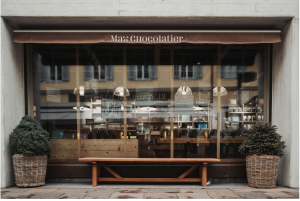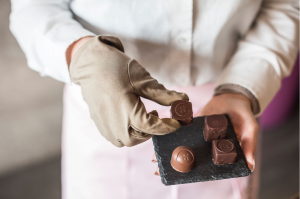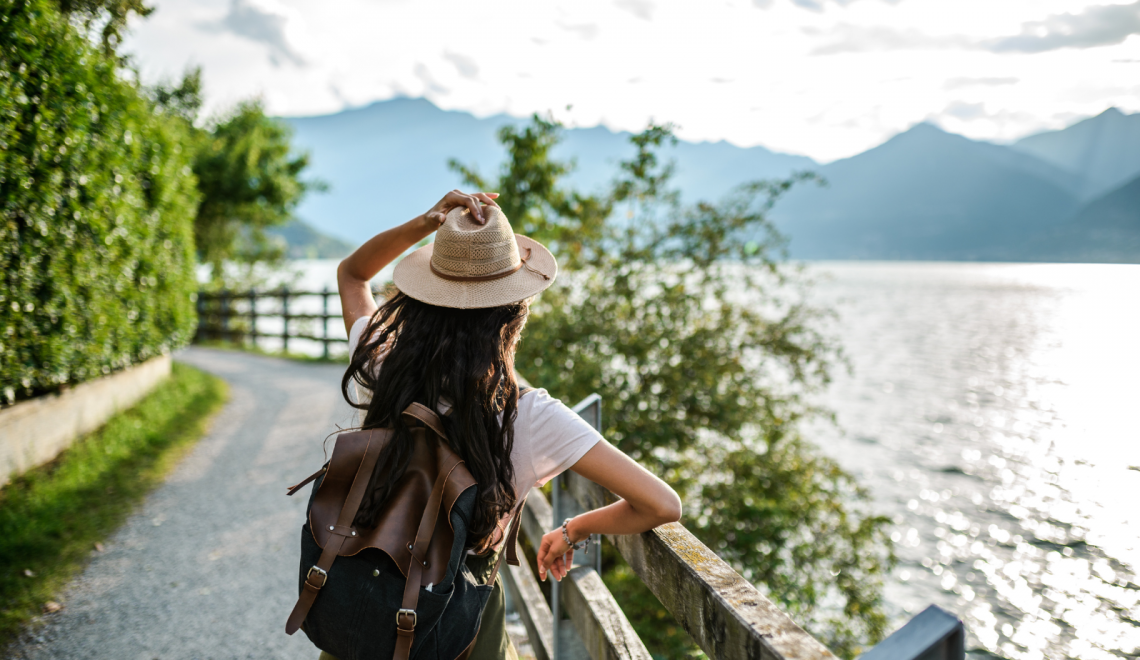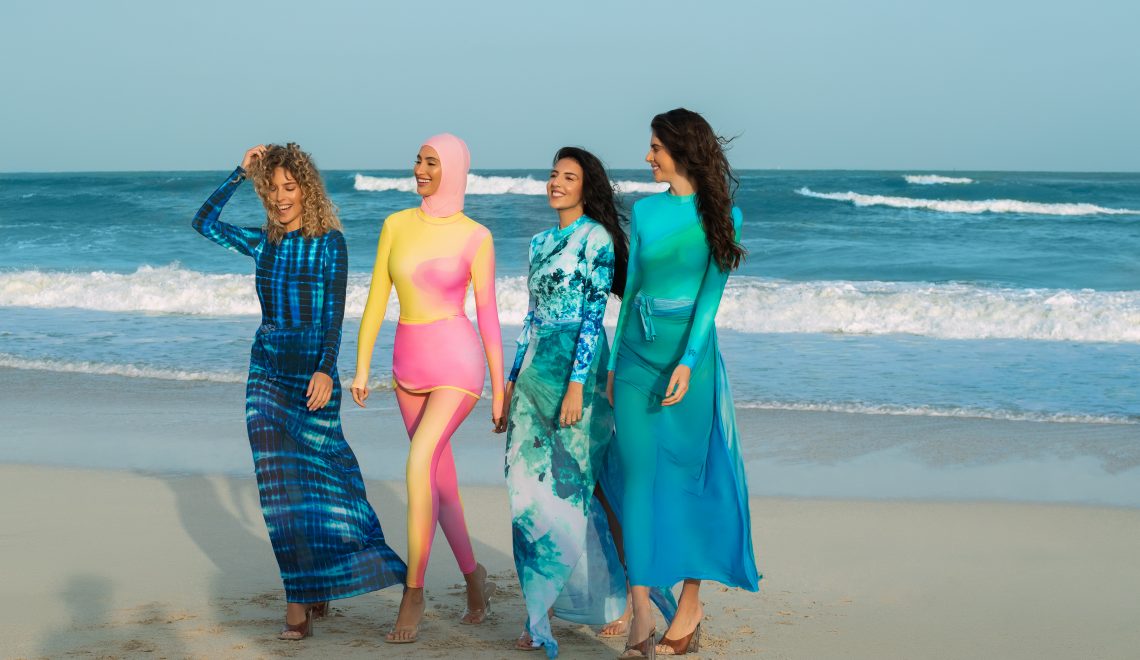Switzerland, often referred to as the heart of the Alps, stands as a testament to nature’s grandeur, precision, and cultural richness. Nestled in the heart of Europe, this small but enchanting country has become synonymous with pristine landscapes, charming villages, and a lifestyle that seamlessly blends tradition with innovation. Swathi Suresh, Assistant Editor, OERLive, explores the city of Lucerne and its culture and pens down her learnings from her travels.
Lucerne or Luzern ranks amongst the world’s prettiest cities and is rich in sights and attractions. The city is rich in culture, history and heritage and has excellently preserved its infrastructure from the Medieval era. Contributing to Lucerne’s cityscape alongside the world-famous Chapel Bridge and Water Tower are the Musegg Wall, the Jesuit Church, the Spreuer Bridge, the Lion Monument, the KKL culture and convention centre and a host of other sites of interest. Luzern is best to be discovered on foot so make sure to carry comfortable footwear for your trip.
As a woman, one needs to tread with extra caution as the first and foremost concern is safety and security. Luzern as a city, is safe for every tourist. The local population are hospitable and friendly. The native languages spoken there are German and French largely, but the city has witnessed an influx of diversity and tourism over the years and is well equipped with English as well as Italian. From personal experience make sure to book your hotel room with a lake view, and if you’re lucky you can even capture the glimpse of the snow covered Alps from your window. If you are looking for an authentic luxury experience intertwined with the famous Swiss hospitality, a stay in Mandarin Oriental Palace is highly recommended.
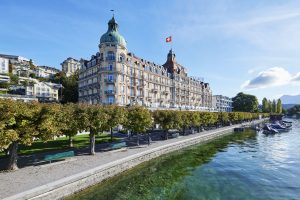
The hotel property dates back to 1906, when the Swiss entrepreneur Franz Josef Bucher built the original Palace Hotel on the shores of Lake Lucerne. Local architects and heritage specialists Iwan Bühler Architects and London-based, award winning interior designers Jestico + Whiles were the creative talents responsible, to usher this venerable Belle Époque Palace into a new era, by stitching new into old. The subtle traces of Asian influences that adorn the hotel are a tribute to the origins of Mandarin Oriental Hotel Group. Small but deliberate details, such as traditional Asian butterfly joints on the desks or textured leather worked into wardrobe handles, are reminiscent of Asian craftsmanship and therefore the origins of the brand.
Hotel capacity : 136 elegant guest rooms designed to complement the extraordinary landscape outside, composing a serene interior palette of muted pistachio, natural oak and dusky coral.
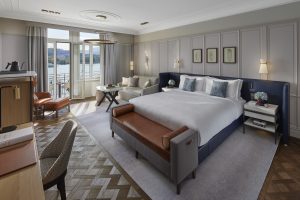
Tariff per night : 1,400 CHF or 630 OMR for a Deluxe Lake View Room (Peak Season)
Must Visit Tourist Spots in Luzern:
Mt. Pilatus : Escape the city and head up to Pilatus Kulm at an altitude of 2’132 m on the world’s steepest cogwheel railway. The arrival by boat or by train and cogwheel railway alone is enough to put you in a holiday mood. You will be amazed by the magnificent panoramic views of the Lucerne-Lake Luzern Region. The world’s steepest cog railway starts its climb at Alpnachstad and tackles a maximum gradient of 48 percent, thereby passing forests, meadows and rock faces. On the north side, a gondola cableway and an aerial cableway connect Kriens to Pilatus Kulm.
With the new aerial cableway Dragon Ride, guests are practically flying up to Pilatus. It takes the cableway a mere 3.5 minutes to reach Pilatus (2073 m a.s.l.) from the intermediate station Fräkmüntegg (1416 m a.s.l.). Thanks to spacious seating, a cockpit-like structure and large windows, the cableway offers a unique view of Luzern and its lake.

Luzern City Tour : Luzern being a city rich in history and culture, it is always better to take a guided tour of the city to know more about the significant buildings and stories that have been the foundation of the city. Make sure you opt for a guided city walk and experience the rich culture and explore the historic Chapel Bridge right in the heart of the city.


The Swiss Museum of Transport or Verkehrshaus der Schweiz (literally “Transportation House of Switzerland”) in Lucerne opened in July 1959 and exhibits all forms of transport including locomotives, automobiles, ships and aircraft as well as communication technology. It is Switzerland’s most popular museum. The museum also maintains a large collection of work by Hans Erni, a local painter and sculptor.
There are several other attractions in the museum besides the collection, including a planetarium, a large-format cinema and a 1:20,000 scale aerial photograph of Switzerland. The museum traces its history to 1897, when the first attempts at creating a museum of railway equipment were made. Following a national exhibition in 1914, the Swiss Railway Museum was founded by Swiss Federal Railways in 1918 in Zurich. The concept eventually grew to encompass all transportation and, in 1942, the Swiss Museum of Transport association was established.
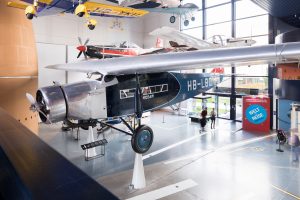
KKL Luzern: The KKL Luzern – the Lucerne Culture and Congress Centre – is french renowned architect Jean Nouvel’s architectural masterpiece and lies in the heart of Switzerland on the banks of Lake Lucerne and right next to Lucerne Railway Station. The spectacular concert hall, which is world-famous for its outstanding acoustics, and many other stunningly beautiful, light-flooded venues, terraces and foyers offer the perfect infrastructure for unforgettable events.
Jean Nouvel designed the KKL Luzern and built it according to his plans between 1995 and 2000. His Jean Nouvel practice in Paris is active throughout the world. His projects include museums, convention centres, concert halls, prestigious office buildings and residential buildings. Nouvel is one of the leading architects of our time. In June 2008, in Washington D.C., he was awarded the Pritzker Prize. Awarded for the thirtieth time, this is the highest award available to architects and is regarded as the ‘Nobel Prize for Architecture’.
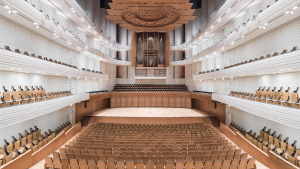
Max Chocolatier Boutique Studio: “Max Chocolatier” is named after the brand’s personal superhero Max,a proud chocoholic and son of founder Patrik König. Max Chocolatier obtains the basic mass of our Grand Cru chocolates, the so-called couverture, from Max Felchlin AG in Ibach in the canton of Schwyz. This is a proud collaboration for them: the traditional company attaches great importance to sustainability and fairtrade. Felchlin knows many of its cocoa farmers personally, guarantees them long-term cooperation as well as a secure income.
Sustainability is also close to Felchlin’s heart when it comes to managing the cocoa plantations: it always takes place in harmony with nature. Natural resources, such as energy and water, are conserved as much as possible during the transport and processing of the beans, and the various manufacturing processes in the factory in Schwyz are constantly improved.
Since 2022, the bespoke chocolate studio has found a new partner for their Grand Cru Chocolates, alongside Felchlin, in Original Beans. Original Beans is committed to sustainable and fair cocoa cultivation and reforests the forests in the cocoa regions together with the cocoa farmers. With this regenerative approach, they have already been able to grow more than 2 million trees.
